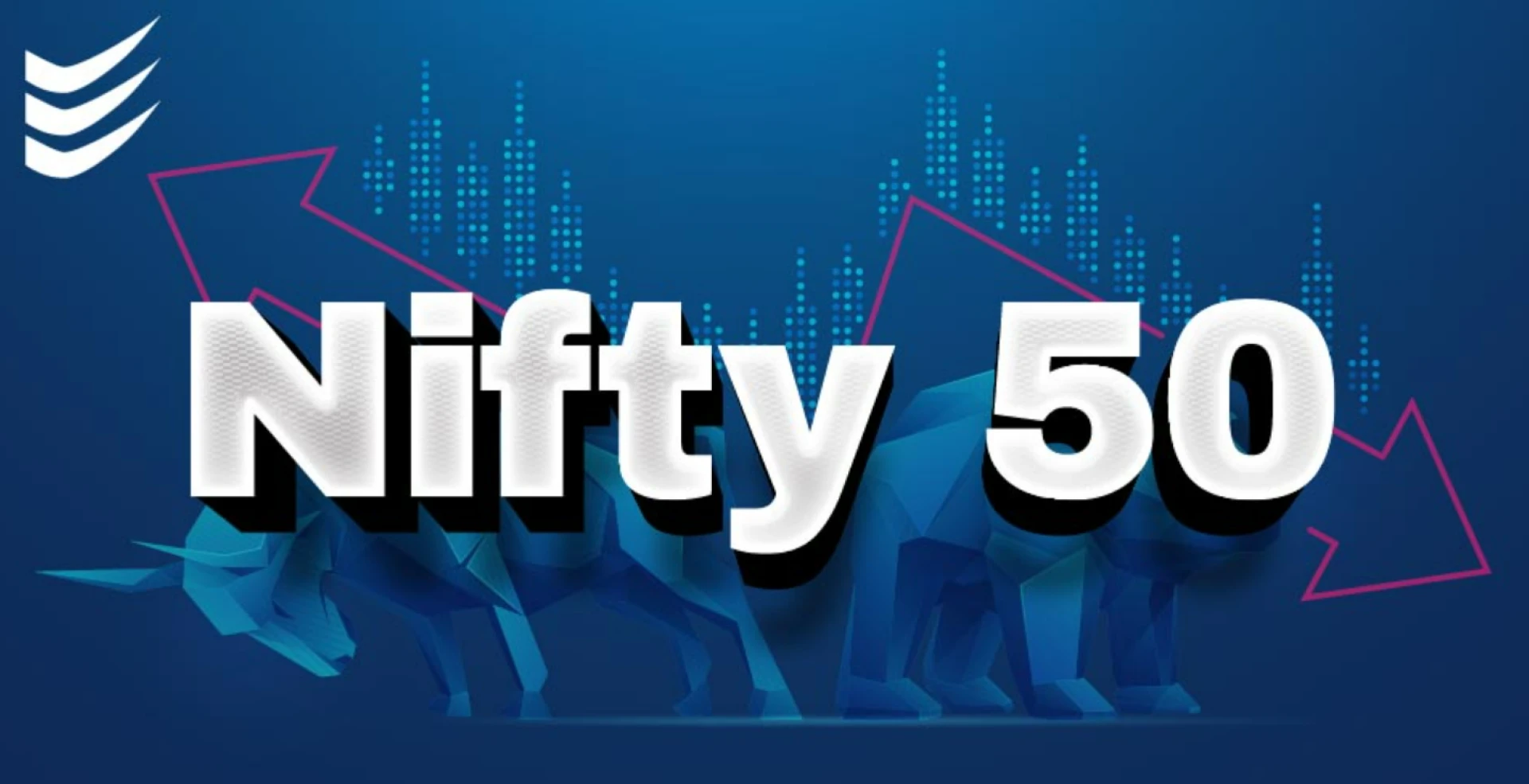Navigating the intricate world of the Indian stock market requires a keen eye, a strategic mind, and access to insightful forecasts. For traders and investors alike, understanding the potential trajectory of key indices like the Nifty 50, Bank Nifty, and Sensex is paramount for informed decision-making. This comprehensive guide delves into the forecasts for the Bank Nifty, while also touching upon the broader Nifty and Sensex landscapes, providing you with valuable perspectives for your trading journey.
Bank Nifty Forecast for Today: Riding the Intraday Waves
The pulse of the Bank Nifty today is influenced by a multitude of factors, ranging from global cues and domestic economic data releases to sector-specific news and technical indicators. Intraday movements can be volatile, making it crucial to stay updated with real-time analysis.
Key Factors to Watch Today:
Global Market Sentiment: Overnight developments in major global markets, particularly in Asia and the US, often set the initial tone for the Bank Nifty. Keep an eye on indices like the Dow Jones, Nasdaq, and Nikkei.
Domestic Economic Data: Any significant economic data releases scheduled for today, such as inflation figures, industrial production numbers, or trade balances, can trigger substantial market reactions.
Banking Sector News: Announcements related to individual banks within the Bank Nifty, including earnings reports, policy changes, or regulatory updates, can impact the index's performance.
Technical Indicators: Intraday charts and technical indicators like moving averages, RSI (Relative Strength Index), and MACD (Moving Average Convergence Divergence) provide short-term signals for potential price movements.
FII/DII Activity: The trading activity of Foreign Institutional Investors (FIIs) and Domestic Institutional Investors (DIIs) can significantly influence market direction.
Note: Providing a precise intraday forecast is inherently challenging due to the dynamic nature of the market. However, by monitoring these key factors, traders can better anticipate potential price swings and make informed decisions.
Bank Nifty Prediction for Tomorrow: Glimpsing the Next Trading Session
Looking ahead to tomorrow's trading session involves analyzing the potential carry-forward effects of today's events and anticipating fresh catalysts.

Factors Influencing Tomorrow's Outlook:
Overnight Developments: Any significant events occurring after today's market close, such as international news, corporate announcements, or major economic releases from other parts of the world, will play a crucial role.
Today's Closing Sentiment: The overall sentiment at the end of today's trading session can provide clues about the likely direction for tomorrow's opening. A strong bullish or bearish close often carries momentum into the next day.
Scheduled Events for Tomorrow: Be aware of any economic data releases, policy announcements, or corporate earnings scheduled for tomorrow that could impact the banking sector and the broader market.
Technical Analysis: Analyzing daily charts and identifying key support and resistance levels can offer insights into potential price targets for tomorrow.
Bank Nifty Prediction for Next Week: Charting the Course Ahead
Forecasting the Bank Nifty's performance for the upcoming week requires a broader perspective, considering prevailing trends and potential medium-term catalysts.
Factors Shaping Next Week's Trajectory:
Ongoing Earnings Season: If the earnings season is underway, the results and management commentary of major banks will be closely watched and can significantly influence the Bank Nifty's direction.
Economic Policy Updates: Any announcements or developments related to monetary policy, fiscal policy, or regulatory changes impacting the banking sector will be key drivers.
Global Economic Trends: Broader global economic trends, including inflation concerns, interest rate outlooks in major economies, and geopolitical developments, can impact investor sentiment and capital flows.
Technical Chart Patterns: Analyzing weekly charts and identifying established chart patterns can provide clues about potential trend reversals or continuations.
Sectoral Trends: The overall health and performance of the financial services sector, including factors like loan growth, asset quality, and interest rate spreads, will be crucial.
Keyword Focus: bank nifty next week, nifty 50 forecast next week, nifty forecast next week, nifty forecast for next week
Bank Nifty for Next 30 Days – Bank Nifty Forecast this Month: A Monthly Outlook
Looking at a 30-day horizon necessitates considering macroeconomic factors, policy directions, and broader market sentiment.
Key Considerations for the Next Month:
Macroeconomic Indicators: Trends in inflation, GDP growth, industrial output, and employment figures will shape the overall economic environment and impact the banking sector.
Central Bank Policy: The stance of the Reserve Bank of India (RBI) on interest rates and liquidity management will be a significant driver for bank stocks.
Government Policies: Any new government policies or reforms related to the financial sector can have a medium-term impact on the Bank Nifty.
Global Investor Sentiment: The appetite of foreign investors for Indian equities, influenced by global risk factors and emerging market trends, will play a role.
Festive Season Impact (if applicable): During major festive seasons, increased economic activity and consumer spending can positively influence the banking sector.
What is Bank Nifty? Understanding the Index
The Bank Nifty is a sectoral index representing the performance of the most liquid and large capitalised banking stocks listed on the National Stock Exchange of India (NSE). It provides investors and market participants with a benchmark to gauge the performance of the Indian banking sector.
Key Features of the Bank Nifty:
Sectoral Representation: It specifically tracks the banking sector, which plays a crucial role in the Indian economy.
Liquidity and Capitalization: The constituent stocks are highly liquid and have substantial market capitalization, making the index actively traded in the derivatives market.
Benchmark for Derivatives: The Bank Nifty is the underlying asset for futures and options contracts, making it a popular instrument for trading and hedging.
Indicator of Economic Health: The performance of the banking sector is often seen as a barometer of the overall economic health of a country.
More About Bank Nifty: Delving Deeper
The Bank Nifty was introduced by the NSE on September 15, 2003, with a base value of 1000 and a base date of January 1, 2000. The index is reconstituted periodically to ensure it accurately reflects the performance of the major banking players.
Key Aspects to Note:
Constituent Weighting: The index uses a free-float market capitalization-weighted methodology. This means that the weight of each stock in the index is determined by its free-float market capitalization (the portion of shares available for trading).
Index Provider: The Bank Nifty is owned and managed by NSE Indices Limited (formerly known as India Index Services & Products Limited - IISL), a subsidiary of the National Stock Exchange of India.
Derivatives Trading: The availability of Bank Nifty futures and options contracts provides opportunities for traders to take leveraged positions, hedge their existing portfolios, and profit from price movements.
List of Bank Nifty Stocks: The Key Constituents
As of today, April 8, 2025, the Bank Nifty typically comprises the following major banking stocks (the exact list and their weights may be subject to periodic changes by the NSE):
· HDFC Bank
· ICICI Bank
· State Bank of India (SBI)
· Axis Bank
· Kotak Mahindra Bank
· IndusInd Bank
· Bandhan Bank
· IDFC First Bank
· Punjab National Bank (PNB)
· Bank of Baroda
· Canara Bank
· Federal Bank
These stocks represent a significant portion of the market capitalization of the Indian banking sector, and their individual performance directly influences the movement of the Bank Nifty index.
Top Gainers of Today – Top 4 Bank Nifty Stocks: Identifying the Leaders
Tracking the top gainers within the Bank Nifty on any given day can provide insights into which specific banks are experiencing positive momentum. This can be due to various factors such as strong earnings reports, positive news flow, or sector-wide tailwinds.
Example (Illustrative - Actual top gainers will vary):
ICICI Bank (+2.5%) - Driven by positive analyst upgrades.
Axis Bank (+1.8%) - Benefiting from a strong quarterly earnings forecast.
State Bank of India (+1.5%) - Riding on positive government policy announcements for public sector banks.
Kotak Mahindra Bank (+1.2%) - Showing resilience in a volatile market.
Note: The actual top gainers and their percentage gains will vary daily based on market dynamics.
Losers of Today – Top 5 Bank Nifty Stocks: Spotting the Underperformers
Similarly, identifying the top losers within the Bank Nifty can highlight stocks facing selling pressure. This could be due to negative news, disappointing earnings, or broader market corrections.
Example (Illustrative - Actual top losers will vary):
IndusInd Bank (-1.7%) - Affected by concerns over asset quality.
Bandhan Bank (-1.3%) - Facing headwinds due to regulatory changes.
Punjab National Bank (-1.0%) - Underperforming due to weak financial results.
IDFC First Bank (-0.8%) - Experiencing profit booking after a recent rally.
Federal Bank (-0.5%) - Showing minor correction after a period of strong gains.
Note: The actual top losers and their percentage losses will vary daily based on market dynamics.
How the calculation of bank nifty is done? Understanding the Methodology
The Bank Nifty is calculated using the free-float market capitalization-weighted method. Here's a simplified breakdown:
Market Capitalization: For each constituent stock, the market capitalization is calculated by multiplying its current market price by the total number of outstanding shares.
Free-Float Factor: The free-float factor represents the portion of the total outstanding shares that are readily available for trading in the market. This excludes shares held by promoters, government entities, and other locked-in categories.
Free-Float Market Capitalization: This is calculated by multiplying the market capitalization by the free-float factor.
Index Value: The Bank Nifty index value is then calculated by summing up the free-float market capitalization of all constituent stocks and dividing it by a base market capitalization value (adjusted for corporate actions like stock splits and bonus issues). This result is then multiplied by the base index value (1000).
Formula (Simplified):
Bank Nifty Value = (Sum of Free-Float Market Capitalization of all constituents / Base Market Capitalization) * Base Index Value
This methodology ensures that the index reflects the market capitalization and trading liquidity of the constituent banking stocks.
FAQs - Banknifty Forecast for Today: Addressing Common Queries
Here are some frequently asked questions related to Bank Nifty forecasts:
Where can I find the most accurate Bank Nifty forecast for today?
While no forecast can be guaranteed to be 100% accurate due to market volatility, reputable financial news websites, brokerage platforms, and experienced market analysts often provide intraday analysis and potential scenarios based on technical indicators and current market events. However, always remember that these are just predictions and not definitive trading advice.
What technical indicators are most useful for intraday Bank Nifty trading?
Popular technical indicators for intraday Bank Nifty trading include moving averages (to identify short-term trends), RSI (to gauge overbought or oversold conditions), MACD (to identify potential trend changes), and Fibonacci retracement levels (to identify potential support and resistance).
How are global cues relevant to today's Bank Nifty movement?
Global market sentiment, particularly overnight movements in major international indices and any significant global economic or political events, can significantly influence the opening and intraday movement of the Bank Nifty due to interconnectedness of financial markets and investor sentiment.
Is it possible to predict the Bank Nifty's expiry day movement accurately?
Predicting the exact movement on the expiry day is highly speculative due to the increased volatility and influence of option writers. However, analyzing open interest data, price action in the days leading up to expiry, and overall market sentiment can provide some directional clues.
What is the impact of Bank Nifty share price movements on the overall index?
The movement of individual Bank Nifty share prices directly impacts the index due to the free-float market capitalization-weighted methodology. Stocks with higher weights (larger free-float market capitalization) have a greater influence on the index's overall performance.
By understanding these factors and continuously monitoring market developments, traders and investors can approach the Bank Nifty with a more informed and strategic perspective. Remember that the stock market is inherently risky, and any investment decisions should be based on thorough research and consultation with a qualified financial advisor.
Read also more about - IPO Grey Market Premium


